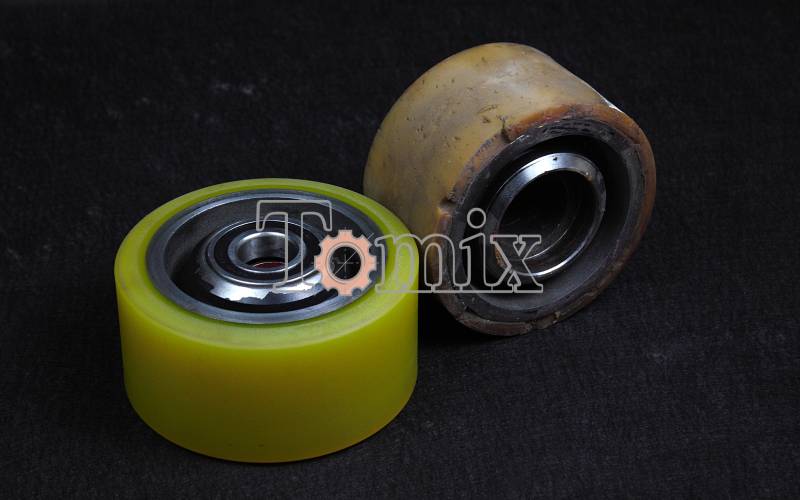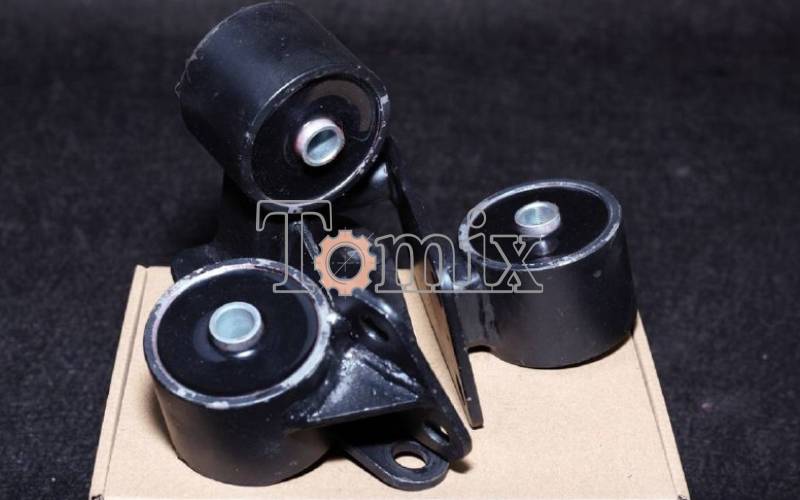Polyurethane detail before and after restoration

+370 639 33 639

info@tomix.lt

+370 639 33 639

info@tomix.lt

Restoration of a polyurethane coating is the process of machining a product by completely cleaning the part from old rubber or the old (worn) polyurethane layer and applying a new polyurethane coating. As a rule, this process takes place in four stages. We cannot tell you all the subtleties and secrets, but we will briefly introduce you.

Restoration of various levers, bushings, support pads, is about the same as the rollers, with the only difference that the material is poured inside the lever, that is, the product itself is practically the form. Before pouring such products, it is imperative to calculate the stiffness of the material so that the vibration is jammed on such a part and not transferred through it.
It would seem simple! But it is not as simple as it seems at first glance, because there are different brands of polyurethane and each of them requires its own technology, and its own temperature. And of course, the temperature and hardening time of the polyurethane mass. After all, if the technology is broken, then the material loses its strength and elasticity at the molecular level. It is worth remembering that the molecular structure of the material is formed in the first minutes of mixing of several polyurethane components. In general, there are a lot of technical aspects, therefore we advise you to order services for the restoration of polyurethane products in proven companies, where the company's long-term experience directly affects the quality of the services provided.
The specialists of Tomix manufacture and restore products from polyurethane and have extensive experience in this field. We use only the highest quality polyurethane raw materials from global manufacturers. Thanks to our own turning shop, work on the machining of parts and polyurethane coatings becomes faster and, as a result, cheaper for the end user. If you need to breathe a second life into your equipment, then you are on the right track. The Tomix company will gladly help you with this.
To order our products or to receive information about our services, contact us.
The view shows a roller and a wheel from warehouse equipment. As you can see, the old polyurethane layer can be easily turned on a lathe. After the worn layer is removed from the part. This part will undergo chemical and heat treatment (such operations are kept secret, so we don’t show this in the video). Well and at the final stage drawing a polyurethane layer on the wheel, roller and other products.